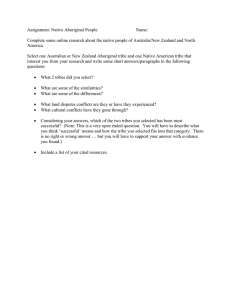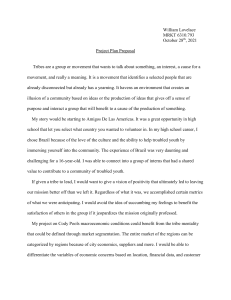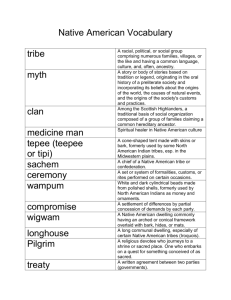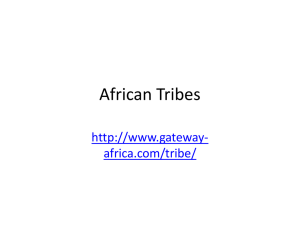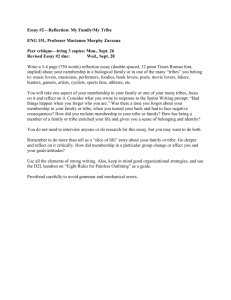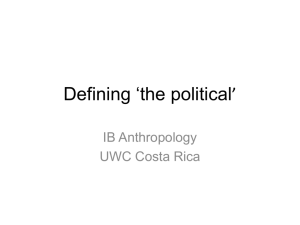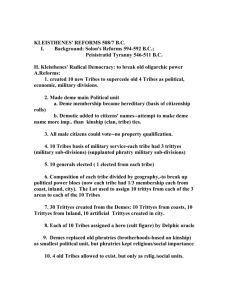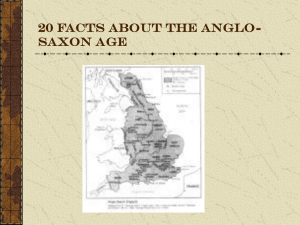Karaja Indians - Dublin Schools
advertisement
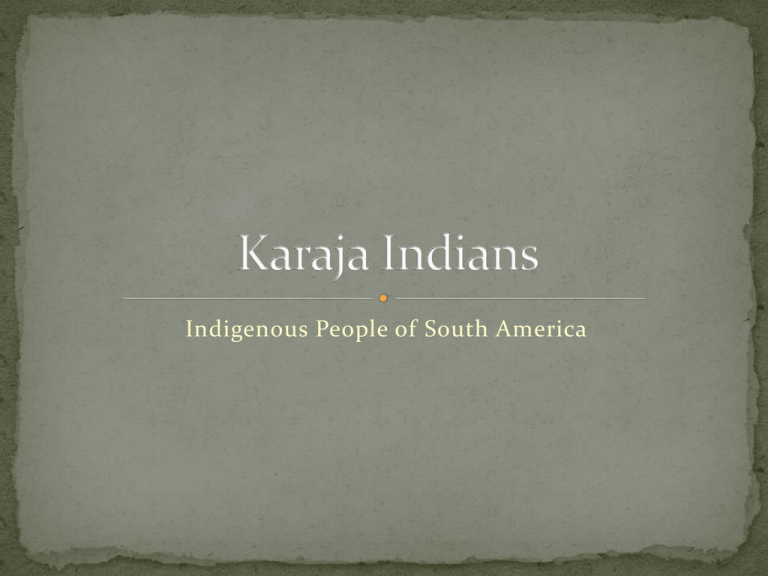
Indigenous People of South America There are 67 tribes of Native Americans found in Brazil today. This is down from an estimated 2000 indigenous tribes before the Europeans settled in South America. Karaja is a language spoken by more than 2000 people in Brazil. The Karaja tribe, also known as the Iny, is an indigenous tribe living in a 180-mile long area in central Brazil. They currently live in 29 villages along the Araguaia River Valley. In the early 20th century there were 45,000 Karaja. As of 1999 there 2500-3000 Karaja. In 1673 the tribe first encountered European explorers. In 1811, the Empire of Brazil waged war against the Karajá and neighboring tribes. In the 1980s and 1990s, Karajá community leader campaigned for better education, land rights, and employment opportunities for the tribe. Karaja also brought electricity and telecommunications to the tribe in 1997. Although they are one of Brazil’s poorest tribes, they are self-sufficient. There livelihood is based upon agriculture and crafts. Crops include bananas, beans, manioc, maize, peanuts, potatoes, watermelons, and yams. Ceramic figures are made mostly to export. Fishing and hunting are also important. They are highly mobile, with families building temporary fishing camps and moving to high ground during the rainy season. During the dry season the tribe hosts festivals. Body painting is still and integral part of tribal culture, with women specializing in the medium. Their paints are made from genipap juice, charcoal, and annatto dye. Both women and men weave baskets. Karaja excel at featherwork. Only women create their ceramic pieces. The figures are humans or animals. The figures are known for their detailed patterns in mostly primary colors.
